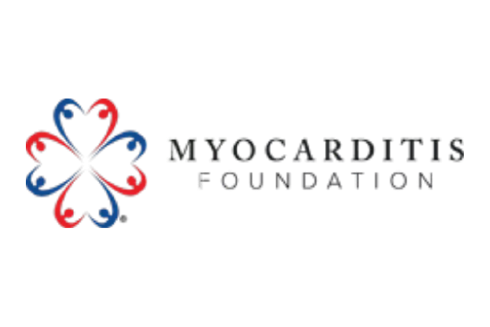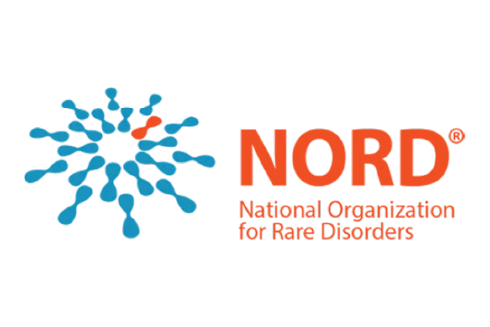Get easy-to-read information about recurrent pericarditis and how to be your own best advocate.
Make the most of your doctor visits
Be your own best advocate for getting the care you need. This guide includes tips to prepare for your visit, questions to ask your healthcare provider, and space to record important information such as your health history, symptoms, and triggers. Print it, fill it out, and take it with you to your appointment.
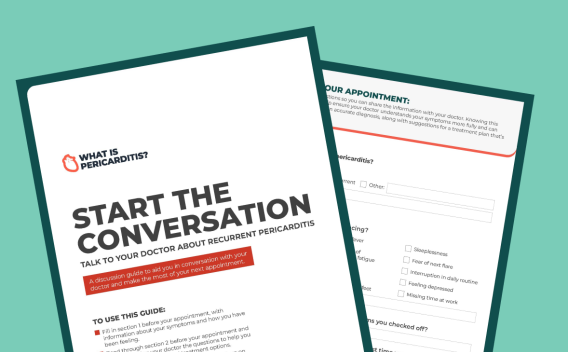
Help others understand your experience
Use this fact sheet to aid in conversations about recurrent pericarditis. It contains information on what is happening with your heart and what it feels like when you are having a flare. This information can help the people in your life understand your experience and how this condition affects you.
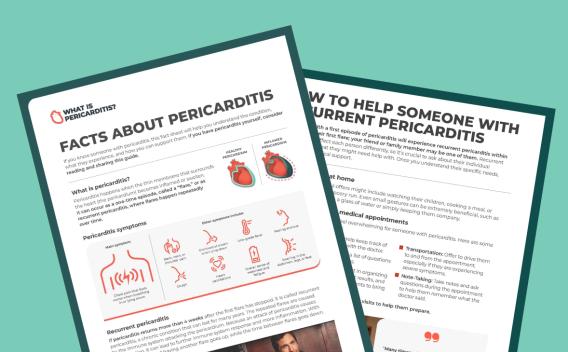
Expanding access to recurrent pericarditis care
The American Heart Association’s Addressing Recurrent Pericarditis patient education is nationally supported by Kiniksa Pharmaceuticals.
The American Heart Association (AHA) has facilitated a collaborative network of participating sites with healthcare professionals focused on recurrent pericarditis. Together, they are working to uncover gaps in the diagnosis and management of recurrent pericarditis, understand the patient pathway, and disseminate insights and key learnings nationally.
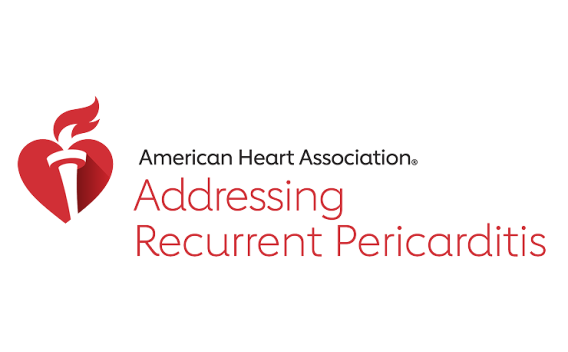
Focusing on recurrent pericarditis
As part of the Addressing Recurrent Pericarditis initiative, the AHA has identified centers across the US that are focused on recurrent pericarditis. Together, they are working to uncover gaps in the diagnosis and management of recurrent pericarditis, understand the patient pathway, and disseminate insights and key learnings nationally.
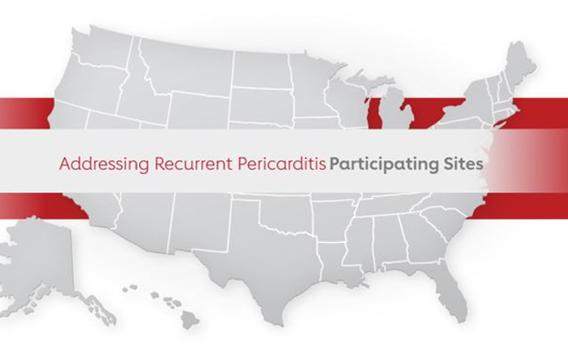
Connect with advocacy and support groups
As awareness of pericarditis, including recurrent pericarditis, grows, so does the number of groups and websites that support the pericarditis community.
While Kiniksa may provide funding to one or more of these institutions, Kiniksa neither endorses nor is responsible for the content of any of these listed websites or the services provided by these organizations.
Last updated: 04/30/25
The content on this page has been written and approved by Kiniksa Pharmaceuticals.

